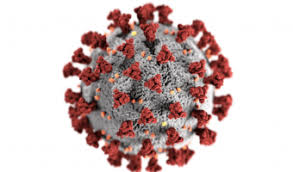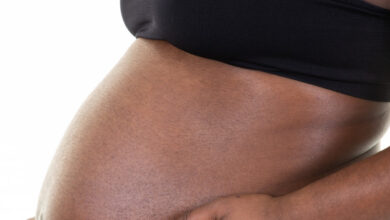What you need to know about false labour contractions

When you feel your uterus tightening up, your body is gearing up for labor and delivery. Irregular practice contractions, called Braxton Hicks, can be first felt around mid-pregnancy and increase in frequency and strength as your pregnancy progresses.
The only way a woman gets to labour is through practice and your body knows just that. Braxton Hicks contractions are there as a trial run.Your body is certainly gearing up for the big day and you’re reminded of this each time you feel your uterus tightening up.
What are Braxton Hicks contractions?Braxton Hicks contractions are a bit like a dress rehearsal: Your uterine muscles are flexing in preparation for the big job they’ll have to do in the near future. Keep in mind that while they can be hard to distinguish from the real thing, they’re not efficient enough to push your baby out the way actual labor contractions are.
What causes Braxton Hicks contractions?
Your pregnancy hormones are hard at work, sending messages to your body to (very slowly) start the process of childbirth.
When do Braxton Hicks contractions start?
Braxton Hicks contractions can begin any time after week 20 of pregnancy in the second trimester (though they’re more noticeable in later months, in the third trimester). They’ll increase through week 32 all the way until real labor starts.What do Braxton Hicks contractions feel like?Braxton Hicks contractions start as an uncomfortable but painless tightening that begins at the top of your uterine muscles and spreads downwards. They cause your abdomen to become very hard and strangely contorted (almost pointy). Once you get closer to your estimated due date, they will become more frequent and intense.If you’re a novice mom-to-be in your first pregnancy, you may not notice them as much (or even at all) or wind up feeling them as intensely as those who are pregnant for the second time. But even first-timers are sometimes aware of them.
Braxton Hicks vs. true labor contractions
Braxton Hicks contractions are irregular and infrequent. They usually last about 15 to 30 seconds (but sometimes as long as two minutes), and they should subside when you change positions.
Real labor contractions are relatively regular and grow stronger, longer and closer together as you near labor. They usually last about 30 to 70 seconds each, and they don’t ease with a change in activity. Each one feels like a very strong menstrual cramp. The purpose of labor contractions is to thin and dilate the cervix, whereas Braxton Hicks contractions are just practice for the real thing. Real contractions may also be accompanied by other common labor signs, including a pinkish or blood-streaked discharge known as bloody show. And you’ll know they’re real contractions if your water breaks or you lose the mucous plug.




